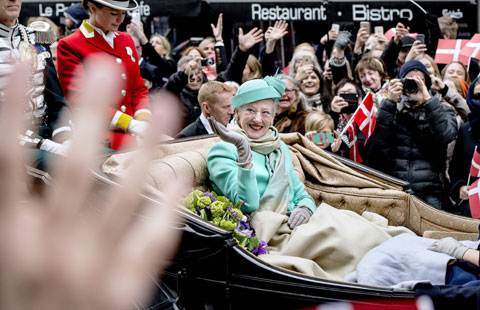More city slickers choose to commute
Updated: 2015-04-17 12:14
By Yu Ran in Shanghai(China Daily USA)
|
||||||||
Like Wang Jia, a 34-year-old salesman who works at a foreign company in Shanghai, more people are choosing to live in the suburbs to enjoy easy access to outlet villages and weekend picnics while avoiding inner-city congestion.
"I can nip over to buy some shoes or have a picnic anytime," said Wang. "People who live downtown have to make it a whole day trip."
Residents can afford bigger properties in the suburbs while enjoying convenient access to shopping malls, entertainment venues and restaurants, so the trend is likely to continue, said Yu Hongsheng, a director of the Institute of Urban and Population Development Studies at the Shanghai Academy of Social Sciences.
Wang bought an apartment in Kunshan, a neighboring city of Shanghai, eight years ago. At the time, it was the only option for him and his wife due to the rampant prices of Shanghai's property market.
He is one of many young people who are ditching the downtown for greener pastures and choosing to commute as the local housing market gives them few other options.
Average housing prices in the country have more than doubled since 2003, but they have quadrupled in Beijing and Shanghai.
"A lot of people in my neighborhood spend three hours commuting back and forth between Jiangsu and Shanghai," said Wang.
In 2007, his two-bedroom apartment in Kunshan, Jiangsu province cost him 4,000 yuan ($646) per square meter, compared to 30,000 yuan per sq m in downtown Shanghai. His daily commute to work cost him just 16 yuan each day.
"It was exhausting to spend so long getting to and from the office, but I think it has been worth it because of the money I've saved and the quality of life I enjoy," he said.
Many New Yorkers may relate to the headaches associated with living far from work. According to the NYC Quarterly Economic Update released by the New York City Comptroller in March, the average weekly commute for those who work in the Big Apple is six hours and 18 minutes, or over an hour a day.
During office hours, commuters from other boroughs and further afield nearly double Manhattan's population, taking it from 1.6 million to 3.1 million.
"The situation here in Shanghai has certain similarities with New York, where more people live outside the city because of the lower price of apartments," said Yu.
In order to control the housing market, measures have been carried out continuously from 2008 to 2013 to curb speculation.
On the plus side, Shanghai's improved public transportation network has shortened the time it takes long-distance commuters like Wang to get to work.
The first trans-provincial subway line linking Shanghai and Kunshan became operational in 2013, trimming the travel time to one hour and the cost to 7 yuan.
"I will probably buy an apartment a bit closer to the city so that my daughter can attend a better school," said Wang, who recently moved to Songjiang district in Shanghai.
The suburb is almost as far from the downtown as Kunshan but property prices there are still considerably higher than in Kunshan.
yuran@chinadaily.com.cn

 Top 10 foreign holders of US Treasuries
Top 10 foreign holders of US Treasuries
 Denmark's Queen Margrethe 75th birthday celebrated
Denmark's Queen Margrethe 75th birthday celebrated
 Lost in sandstorms
Lost in sandstorms
 New roles for technology: Rise of robots
New roles for technology: Rise of robots
 Strange but true: Getting ahead of the rest
Strange but true: Getting ahead of the rest
 Top 10 industries with most job-hoppers
Top 10 industries with most job-hoppers
 Russia honors Chinese veterans from WWII
Russia honors Chinese veterans from WWII
 Woman embroiders giant painting
Woman embroiders giant painting
Most Viewed
Editor's Picks

|

|

|

|

|

|
Today's Top News
China and the 2016 US election
World Bank, IMF: will work with AIIB
Ex-PM says US, China can be allies
Hainan Air links San Jose, Beijing
Carrying on a Chinese food legacy
America, Europe told to work with BRICS
Beijing film festival draws top moviemakers, Oscar winners
Chinese teachers mark progress
US Weekly

|

|






